Home>Articles>How To Convert An Electric Pressure Cooker Recipe For The Stove
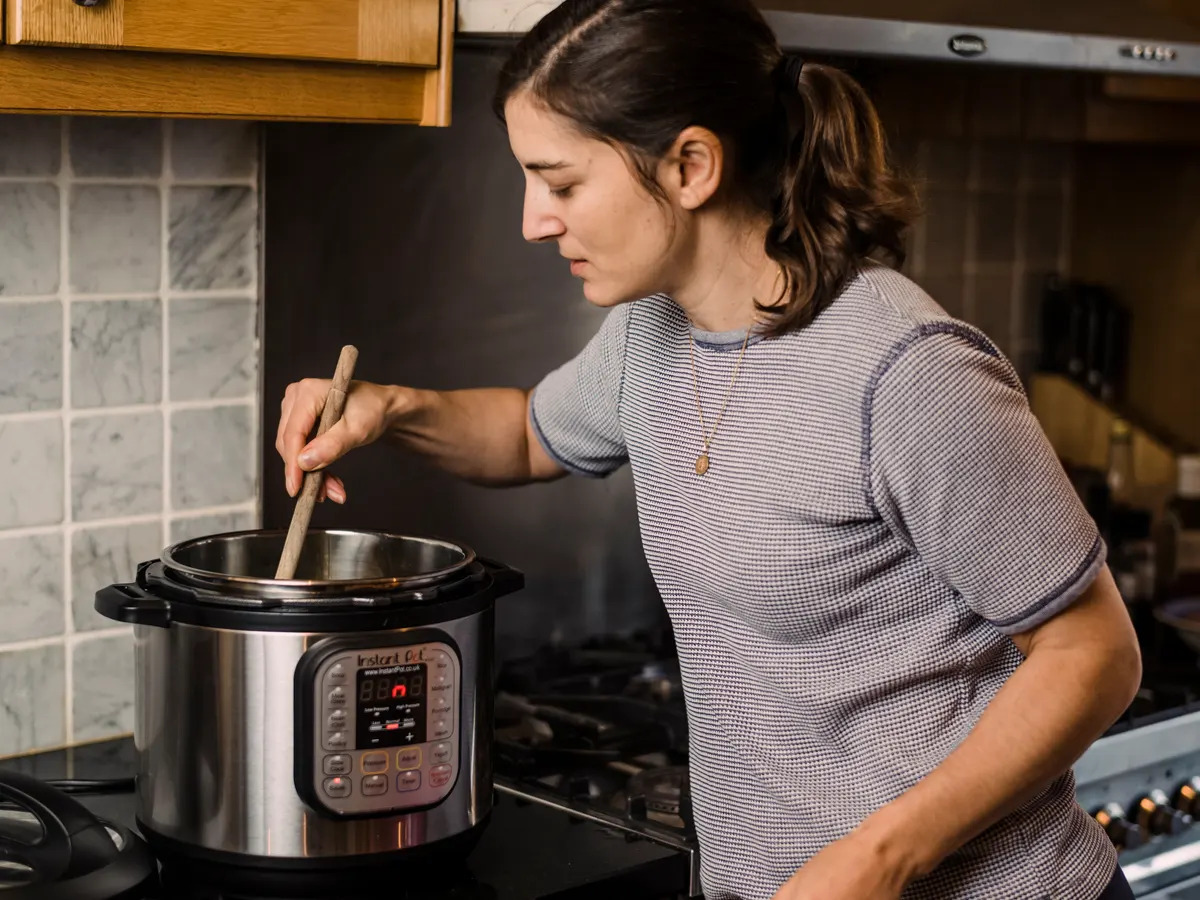

Articles
How To Convert An Electric Pressure Cooker Recipe For The Stove
Modified: January 7, 2024
Learn how to easily convert electric pressure cooker recipes for the stove with our helpful articles.
(Many of the links in this article redirect to a specific reviewed product. Your purchase of these products through affiliate links helps to generate commission for Storables.com, at no extra cost. Learn more)
Introduction
Electric pressure cookers have gained immense popularity in recent years due to their convenience and efficiency in preparing meals. With their ability to cook food quickly and retain flavors, it’s no wonder why many people rely on electric pressure cooker recipes for their everyday cooking. However, what happens if you come across a recipe that is specifically designed for an electric pressure cooker, but you only have a stove at your disposal? Don’t despair, as converting an electric pressure cooker recipe for the stove is not as challenging as it may seem.
In this article, we will guide you through the process of converting an electric pressure cooker recipe for the stove. We will explain how to adjust cooking time and temperature, adapt ingredient quantities, modify cooking techniques, make substitutions, and properly test and tweak the recipe. By following these steps, you’ll be able to enjoy the delicious dishes from electric pressure cooker recipes using your trusty stove.
Before we delve into the specific steps, it’s important to note that not all recipes can be easily converted from an electric pressure cooker to stove cooking. Some recipes rely heavily on the unique features of an electric pressure cooker, such as the high pressure and sealed environment, to achieve the desired results. However, many recipes can be adapted with a few tweaks and adjustments.
So, whether you are looking to cook a comforting stew, a flavorful curry, or a tender meat dish, let’s explore the process of converting an electric pressure cooker recipe for the stove, so you can enjoy the same delicious results using a traditional cooking method.
Key Takeaways:
- Converting electric pressure cooker recipes for stove cooking requires adjusting cooking time, modifying techniques, and making ingredient substitutions to achieve delicious results on the traditional stovetop.
- Testing, tweaking, and experimenting are essential in converting electric pressure cooker recipes for the stove, allowing for personalized and flavorful dishes through careful adjustments and creative adaptations.
Read more: How To Can With An Electric Pressure Cooker
Understanding Electric Pressure Cooker Recipes
Before diving into the process of converting electric pressure cooker recipes for the stove, it’s crucial to understand the key elements that make up these recipes. Electric pressure cooker recipes are designed to take advantage of the unique features and capabilities of these appliances to produce quick and flavorful meals. Here are some aspects to keep in mind:
Pressure cooking: One of the main features of electric pressure cookers is their ability to cook food under high pressure, which speeds up the cooking process significantly. This high-pressure environment allows liquids to reach a higher boiling point, resulting in shorter cooking times and better flavor infusion. It’s important to note that stovetop cooking doesn’t replicate the same high-pressure conditions, so adjustments will be needed.
Cooking time: Electric pressure cooker recipes often provide specific cooking times, taking into account the pressure cooking mechanism. These cooking times are typically shorter compared to traditional stovetop cooking methods. When converting a recipe, you’ll need to adjust the cooking time accordingly to ensure your ingredients are cooked properly.
Sealing and venting: Electric pressure cookers have a sealing mechanism that traps steam inside, creating pressure. This allows for even and efficient cooking. Recipes often include instructions for releasing pressure, whether it’s through natural release or quick release. As you convert the recipe for stovetop cooking, you’ll need to decide how to mimic these sealing and venting processes.
Ingredient preparation: Electric pressure cooker recipes may include specific instructions for ingredient preparation, such as pre-soaking beans or browning meat. These steps contribute to the overall flavor and texture of the dish. When converting the recipe for the stove, you may need to modify or skip these preparation steps depending on the ingredients and cooking method.
Liquid amounts: Electric pressure cookers require a certain amount of liquid to create steam and build pressure. Recipes typically specify the minimum amount of liquid needed. When adapting the recipe for stovetop cooking, you may need to adjust the amount of liquid to compensate for the different cooking method.
By understanding these key elements, you’ll be better equipped to convert electric pressure cooker recipes for the stove. In the next sections, we will explore the specific adjustments you can make to ensure successful stove-cooked meals.
Adjusting Cooking Time and Temperature
One of the main differences between electric pressure cooker recipes and stove cooking is the cooking time and temperature. Electric pressure cookers operate at high pressure, allowing for faster cooking times. When converting a recipe from an electric pressure cooker to the stove, it’s important to make adjustments to ensure that your dish is cooked to perfection. Here’s how you can do it:
Cooking Time: Start by assessing the original cooking time specified in the electric pressure cooker recipe. Since stovetop cooking generally takes longer, you’ll need to increase the cooking time to compensate. A good rule of thumb is to extend the cooking time by 30% to 50%. However, keep in mind that this is just a starting point, and you may need to experiment and adjust further based on your specific recipe and ingredients.
Temperature: Unlike an electric pressure cooker that can regulate temperature automatically, stovetop cooking requires you to manually adjust the heat. The general guideline is to cook the dish on medium heat unless otherwise specified. It’s important to monitor the cooking process closely to ensure that the food is cooking evenly and not burning. Adjust the heat as needed to maintain a steady simmer or gentle boil.
Testing for Doneness: To determine if your dish is cooked to the desired level of doneness, rely on visual cues and taste-testing. Use a meat thermometer to check the internal temperature of meats to ensure they reach the recommended safe temperatures. For vegetables and grains, check their tenderness by piercing them with a fork or tasting them periodically. Over time, you’ll become more familiar with the right cooking times and techniques for different ingredients.
Recipe Modifications: Some recipes may require the use of special features of an electric pressure cooker, such as browning or sautéing directly in the cooker. In these cases, adapt the recipe by using a separate skillet or pot on the stove to achieve the same effect before transferring the ingredients for the rest of the cooking process.
By adjusting the cooking time and temperature, closely monitoring the cooking process, and making necessary modifications, you’ll be able to successfully convert an electric pressure cooker recipe to the stove. In the next section, we’ll explore how you can adapt ingredient quantities to ensure a balanced and flavorful dish.
Adapting Ingredient Quantities
When converting an electric pressure cooker recipe for the stove, you may need to make adjustments to the ingredient quantities to ensure that your dish turns out just as delicious and flavorful. Here are some guidelines to help you adapt ingredient quantities:
Scaling Up or Down: Take a close look at the original recipe and determine if you need to scale up or down the ingredient quantities. Consider the size of your pot or skillet and the number of servings you want to make. If you’re scaling up the recipe, make sure that the pot or skillet has enough capacity to handle the increased quantity of ingredients without overcrowding. On the other hand, if you’re scaling down the recipe, ensure that you’re using the appropriate sized pot or skillet to avoid burning or uneven cooking.
Bulking Up with Vegetables: In some cases, you might need to add additional vegetables to the recipe to compensate for the longer cooking time on the stove. This will help prevent the dish from drying out or becoming too concentrated. Choose vegetables that can withstand longer cooking times without losing their texture and flavor. Consider adding root vegetables like potatoes, carrots, or turnips, or leafy greens like spinach or kale towards the end of the cooking process.
Seasoning Adjustments: As the cooking time on the stove may be longer than in an electric pressure cooker, you may need to increase the amount of seasoning or spices to ensure that the flavors are well distributed and balanced. Taste the dish as it cooks and adjust the seasonings accordingly. Remember that it’s easier to add more seasoning later than to oversalt or overpower the dish at the beginning.
Liquid Adjustments: Since stovetop cooking allows for more evaporation compared to electric pressure cooking, you may need to increase the amount of liquid in the recipe. This will ensure that the dish has enough moisture and doesn’t dry out during the longer cooking time. Add extra broth, water, or any other liquid specified in the recipe as needed, but be cautious not to make the dish too soupy.
By adapting the ingredient quantities, you can ensure that the flavors are well-balanced and the dish turns out just as tasty on the stove as it would in an electric pressure cooker. In the next section, we will discuss how to modify cooking techniques to accommodate stove cooking.
When converting an electric pressure cooker recipe for the stove, adjust the cooking time and temperature to match the stovetop method. Use a regular pot with a tight-fitting lid and monitor the cooking process closely to ensure the same results.
Modifying Cooking Techniques
When converting an electric pressure cooker recipe for the stove, you may need to make some modifications to the cooking techniques to achieve similar results. Here are some tips for modifying cooking techniques:
Sautéing and Browning: Many electric pressure cooker recipes begin with sautéing or browning ingredients directly in the cooker. To replicate this step on the stove, heat a skillet or pot over medium heat and add oil or butter. Sauté the ingredients until they are lightly browned and aromatic before transferring them to the pot or skillet for the remainder of the cooking process. This step helps develop flavor and adds depth to the dish.
Simmering and Braising: Electric pressure cookers are excellent for simmering and braising because they can maintain a consistent and controlled temperature for extended periods. To achieve the same effect on the stove, bring the ingredients to a boil, then reduce the heat to low or medium-low. Cover the pot or skillet with a lid and let the dish simmer gently. Stir occasionally to prevent sticking or burning, and adjust the heat as needed to maintain a steady simmer.
Stirring and Mixing: Electric pressure cookers often require minimal stirring or mixing after the ingredients are added. When converting the recipe for stove cooking, give the dish a good stir initially to distribute the ingredients evenly. Throughout the cooking process, stir occasionally to prevent ingredients from sticking to the bottom of the pot or skillet and ensure even cooking.
Covering and Venting: Electric pressure cookers have a built-in sealing and venting mechanism that allows for precise control of pressure and steam. When cooking on the stove, cover the pot or skillet with a fitting lid to trap heat and moisture. However, be mindful of the steam buildup. If the dish requires venting, you can slightly tilt the lid to allow some steam to escape or use the lid with a small opening to allow for ventilation.
Finishing and Garnishing: Just like with an electric pressure cooker recipe, the finishing touches are essential for adding flavor and visual appeal to your dish. Follow the recipe instructions for any final steps, such as reducing sauces, adding fresh herbs, or garnishing with toppings. These details will enhance the overall taste and presentation of your stove-cooked creation.
Modifying the cooking techniques to suit stove cooking allows you to achieve similar results as an electric pressure cooker. However, do keep in mind that the texture and flavors may differ slightly due to the variations in cooking methods.
In the next section, we will explore the options for making ingredient substitutions during the conversion process
Read more: How To Use An Electric Pressure Cooker
Making Substitutions
While converting an electric pressure cooker recipe for the stove, you may encounter situations where you need to make ingredient substitutions. Whether it’s due to personal preferences, dietary restrictions, or ingredient availability, here are some guidelines for making substitutions:
Proteins: If the recipe calls for a specific type of meat or seafood that you don’t have on hand, you can substitute it with a similar protein. For example, if the recipe calls for chicken, you can use turkey or another poultry option. Similarly, if the recipe calls for shrimp, you can use another type of seafood like scallops or fish fillets. Just keep in mind that different proteins may have different cooking times, so adjust the cooking time accordingly.
Vegetables: If the recipe features specific vegetables that you don’t have or don’t prefer, feel free to substitute them with other vegetables of similar texture and flavor. For example, if the recipe calls for bell peppers, you can use other types of peppers or even zucchini or eggplant. The key is to choose vegetables that will hold up well during the longer cooking time on the stove and complement the other ingredients in the dish.
Liquid Ingredients: In some cases, you may need to substitute liquid ingredients. For example, if the recipe calls for broth or stock, but you don’t have any on hand, you can use water with additional seasonings to enhance the flavor. Similarly, if the recipe calls for wine but you prefer not to use alcohol, you can substitute it with an equal amount of broth or even grape juice for a hint of acidity.
Seasonings and Spices: If you don’t have a specific seasoning or spice called for in the recipe, you can often substitute with a similar option. For example, if the recipe calls for dried thyme but you only have dried rosemary, you can use rosemary instead. It’s important to note that while the flavors may differ slightly, these substitutions will still add depth and flavor to your dish.
Allergies and Dietary Restrictions: If you or someone you’re cooking for has allergies or dietary restrictions, it’s crucial to make appropriate substitutions. For example, if the recipe calls for flour and you need a gluten-free option, you can use a gluten-free flour blend or alternative like almond flour or tapioca flour. Be sure to consider the specific dietary needs and choose substitutions that align with those requirements.
Making ingredient substitutions allows you to personalize the recipe and adapt it to your preferences or dietary needs. However, keep in mind that substitutions may affect the final taste and texture of the dish, so it’s advisable to taste and adjust as needed along the way.
In the next section, we’ll discuss the importance of testing and tweaking the recipe to ensure it turns out just right.
Testing and Tweaking
When converting an electric pressure cooker recipe for the stove, it’s essential to test and tweak the recipe along the way to ensure the best possible outcome. Here are some important steps to follow as you test and tweak your stove-cooked version:
Follow the Recipe: Start by following the recipe as closely as possible. Use the ingredient substitutions and modifications discussed earlier, but stick to the overall structure and instructions provided. This will give you a baseline to work from and ensure that you’re on the right track.
Taste as you Go: Throughout the cooking process, taste the dish at different stages to assess the flavors. Adjust the seasonings, spices, or other ingredients as needed to achieve the desired taste profile. Remember that flavors may intensify and develop as the dish simmers or braises on the stove, so be mindful of any potential adjustments that may be required.
Check Doneness: As mentioned earlier, use visual cues and taste-testing to determine the doneness of different components in the dish. Use a meat thermometer to check the internal temperature of proteins, and test the tenderness of vegetables and grains by sampling them periodically. Adjust the cooking time as necessary to achieve the desired texture and doneness.
Take Notes: Keep a record of any modifications or adjustments you make to the recipe. Note the quantities of ingredients used and any changes in cooking time or techniques. This will allow you to refine and improve the recipe for future cooking endeavors.
Experiment and Iterate: Don’t be afraid to experiment and iterate with the recipe. If something doesn’t turn out as you expected, analyze the problem and try to identify the cause. Make further modifications and try again until you achieve the desired results. Cooking is a learning process, and each time you try a new recipe, you gain valuable insights and skills.
Ask for Feedback: If possible, share your stove-cooked creation with others and ask for their feedback. Their input can provide you with valuable insights and alternative perspectives. Consider their suggestions and incorporate them into your future cooking attempts.
Testing and tweaking the recipe is a crucial step in converting an electric pressure cooker recipe for the stove. By being attentive, flexible, and open to adjustments, you’ll be able to refine the recipe and create a delicious dish that suits your taste and preferences.
With these steps in mind, you’re now equipped with the knowledge and strategies to successfully convert electric pressure cooker recipes for the stove. Remember to be patient and have fun throughout the process. Happy cooking!
Conclusion
Converting an electric pressure cooker recipe for the stove may initially seem daunting, but with the right knowledge and approach, it can be an enjoyable and rewarding experience. By understanding the key elements of electric pressure cooker recipes, such as cooking times, techniques, and ingredient quantities, you can successfully adapt these recipes to stove cooking.
Adjusting cooking time and temperature is essential when transitioning from an electric pressure cooker to the stove. Monitoring the cooking process closely, making necessary modifications, and testing for doneness will help ensure that your dish is cooked to perfection.
Adapting ingredient quantities allows you to customize the recipe to your preferences and create a balanced and flavorful dish. Whether you’re scaling up or down, bulking up with vegetables, or adjusting seasoning, these modifications will help you achieve the desired outcome.
Modifying cooking techniques to suit stove cooking is another crucial step. Sautéing, simmering, and stirring are all techniques that can be adjusted and replicated on the stove. Paying attention to details such as covering and venting will help you achieve similar results to an electric pressure cooker.
When substitutions are necessary due to personal preferences or dietary restrictions, choose alternatives that will harmonize with the other ingredients in the dish. Making appropriate substitutions is key to creating a dish that suits your needs without compromising on taste and flavor.
Throughout the conversion process, testing and tweaking the recipe will ensure that you achieve the best possible outcome. Tasting as you go, checking for doneness, and making notes of adjustments will help you refine the recipe and make it your own.
Converting electric pressure cooker recipes for the stove requires practice, experimentation, and a willingness to adapt. Embrace the process, be flexible, and don’t be afraid to make mistakes. Through trial and error, you’ll gain confidence and develop your own techniques and modifications.
So, the next time you come across an enticing electric pressure cooker recipe but only have a stove at your disposal, dive in and convert it with confidence. With the knowledge and insights gained from this article, you’re ready to embark on a culinary journey full of delicious stove-cooked meals. Happy cooking!
Frequently Asked Questions about How To Convert An Electric Pressure Cooker Recipe For The Stove
Was this page helpful?
At Storables.com, we guarantee accurate and reliable information. Our content, validated by Expert Board Contributors, is crafted following stringent Editorial Policies. We're committed to providing you with well-researched, expert-backed insights for all your informational needs.
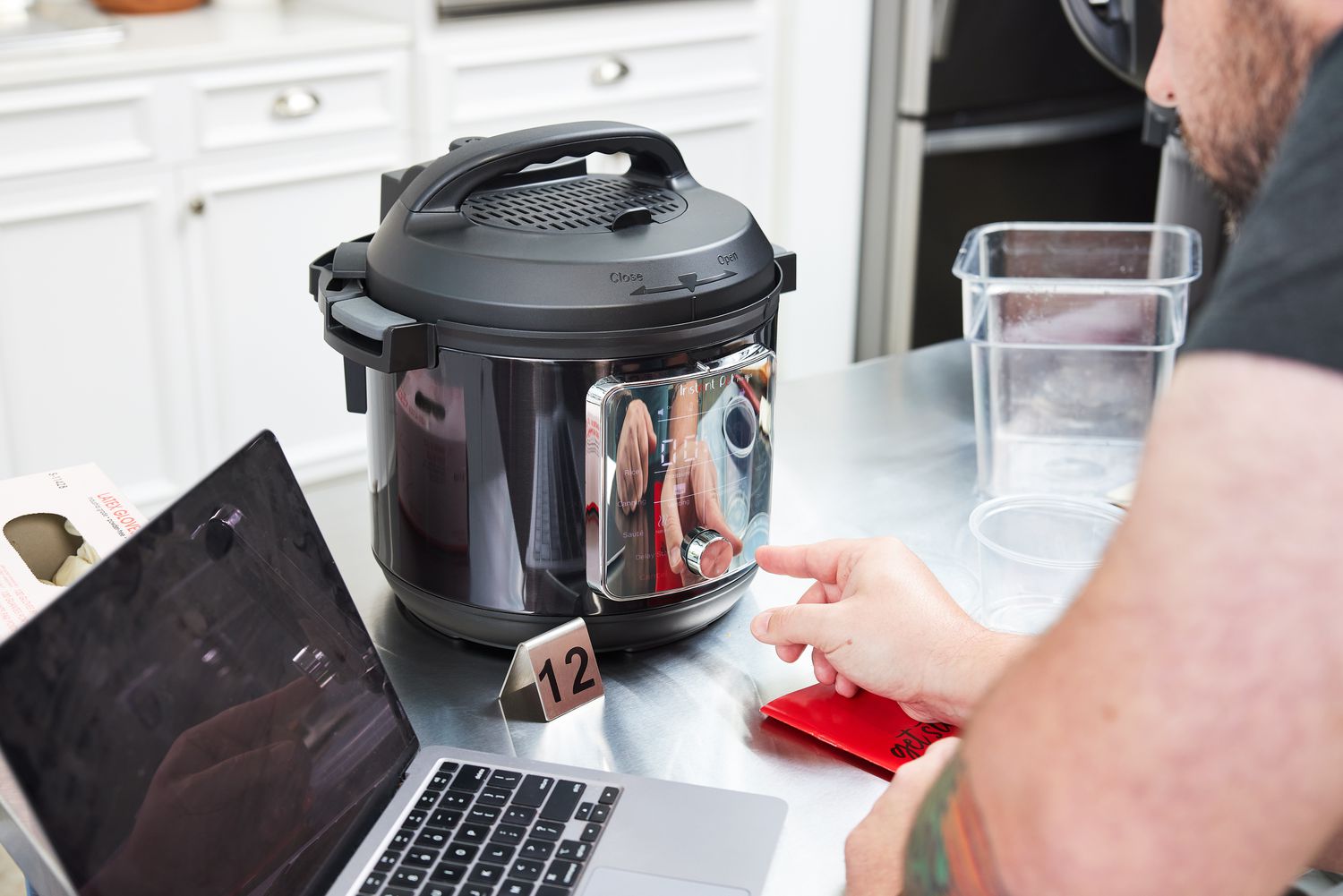
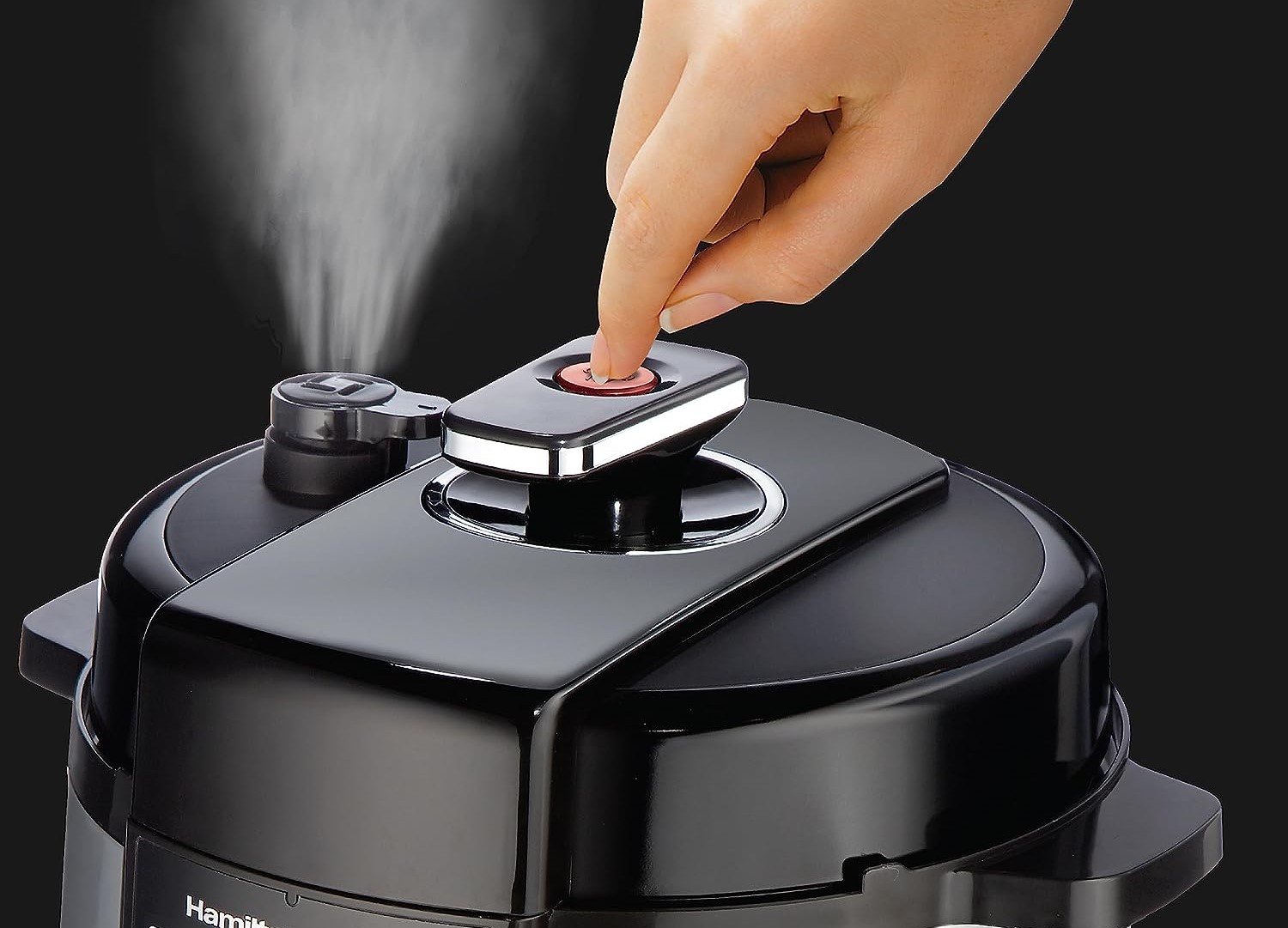
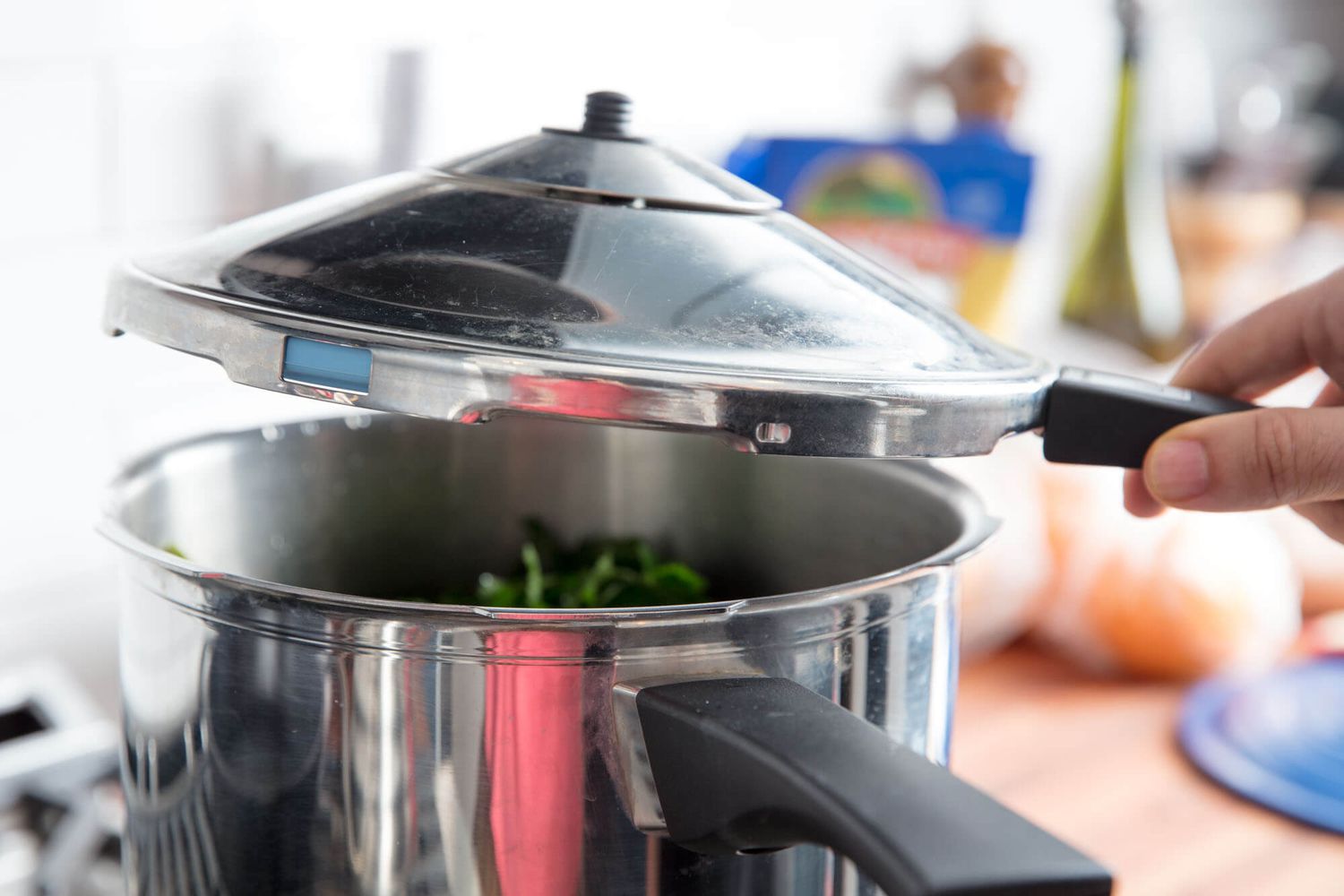
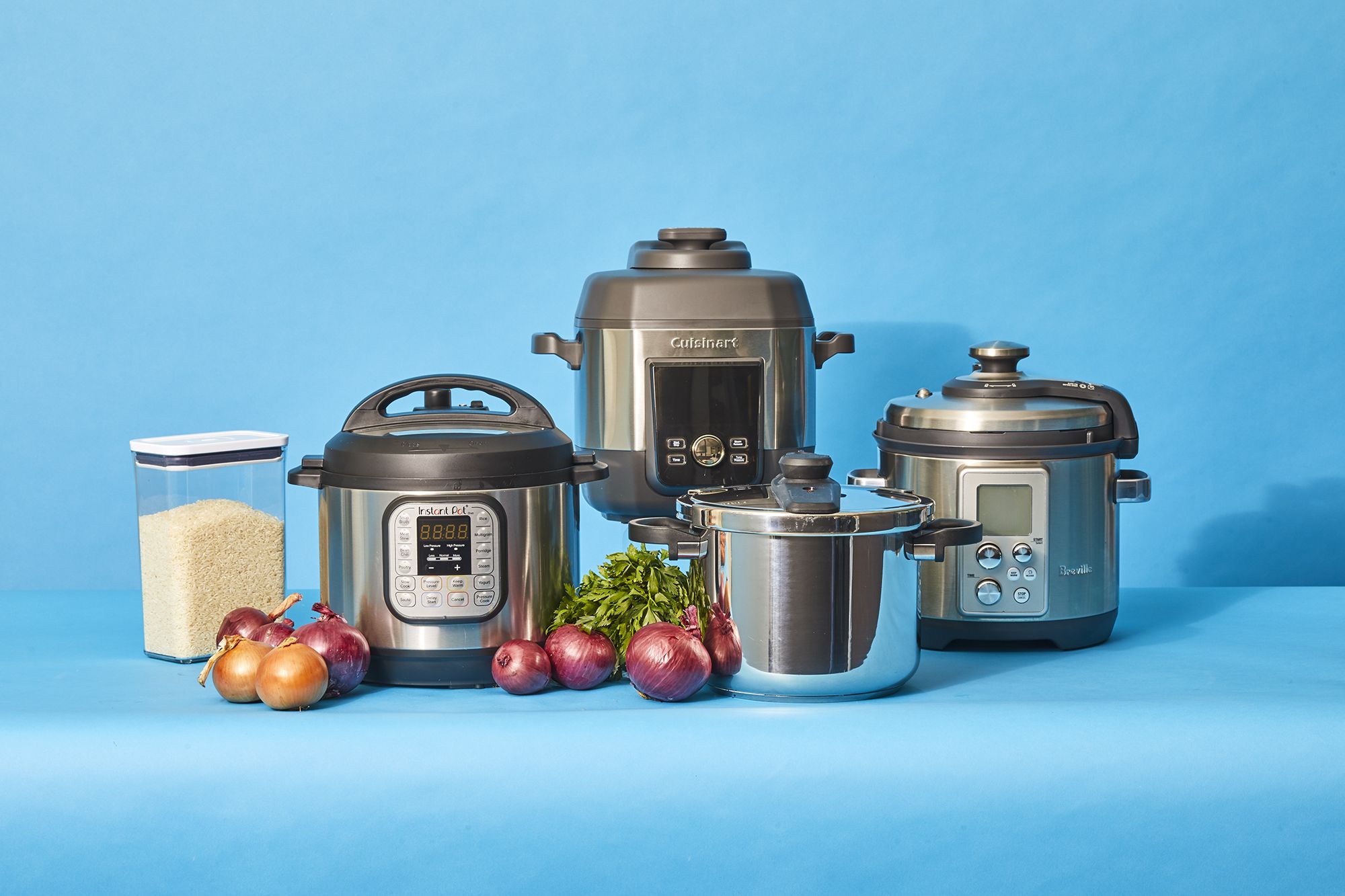
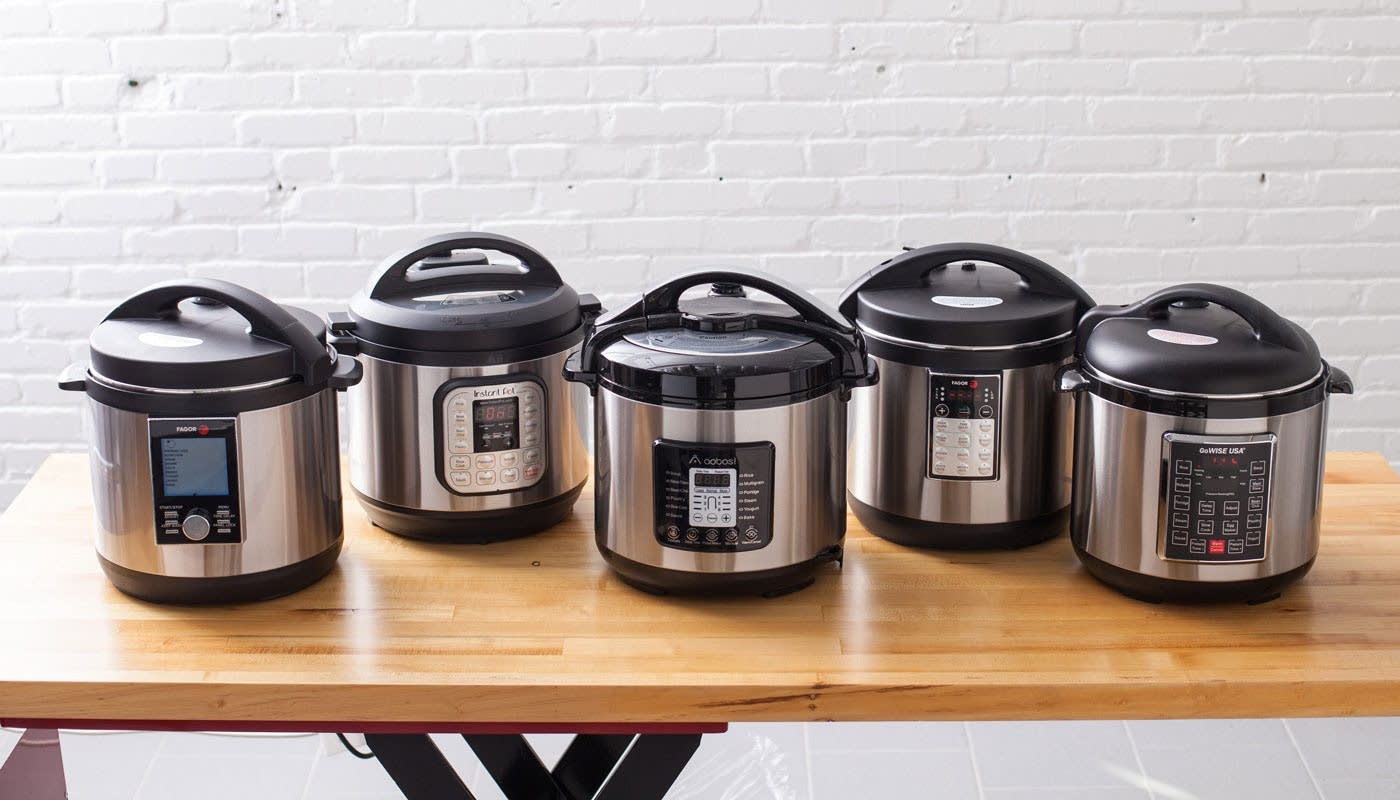
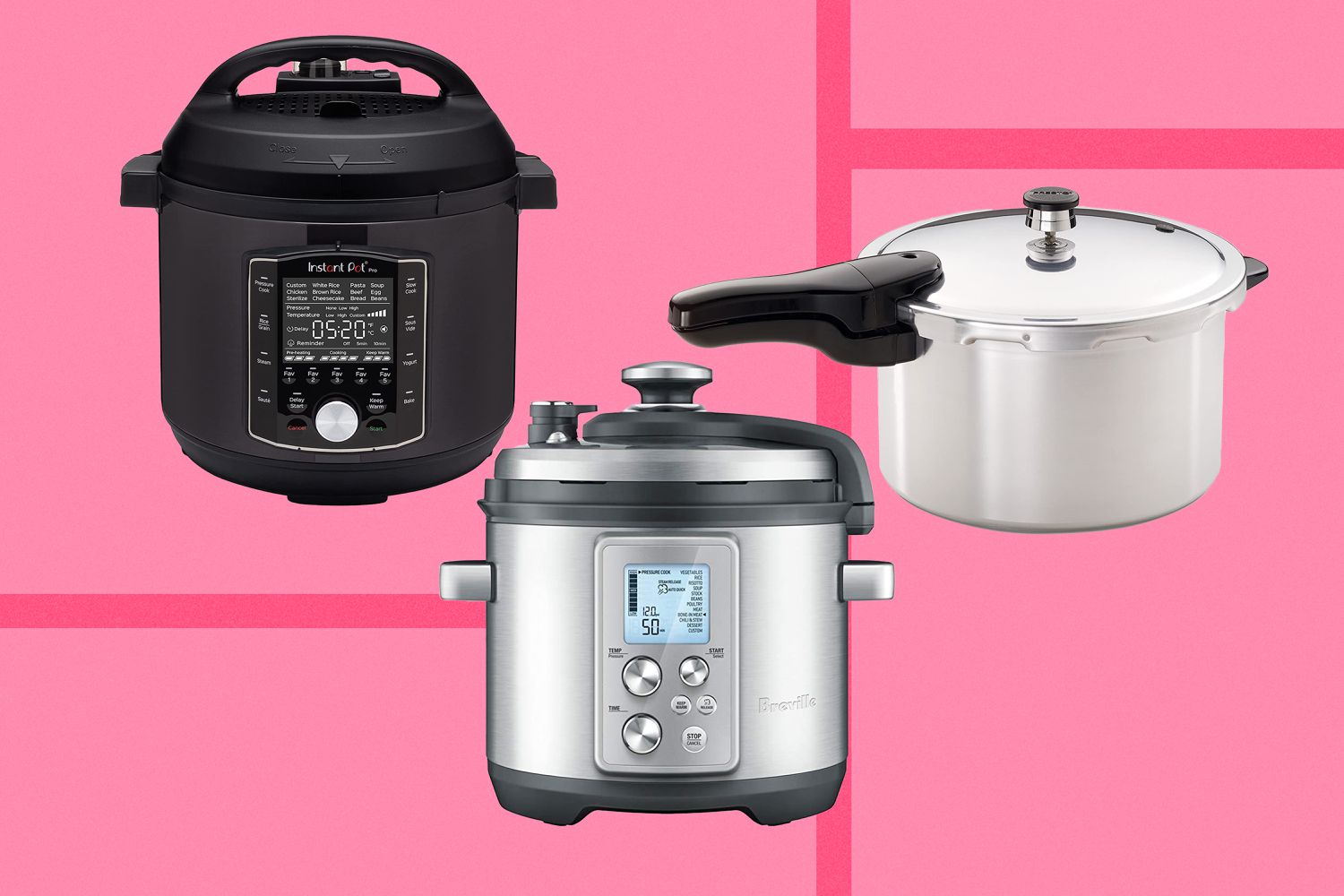
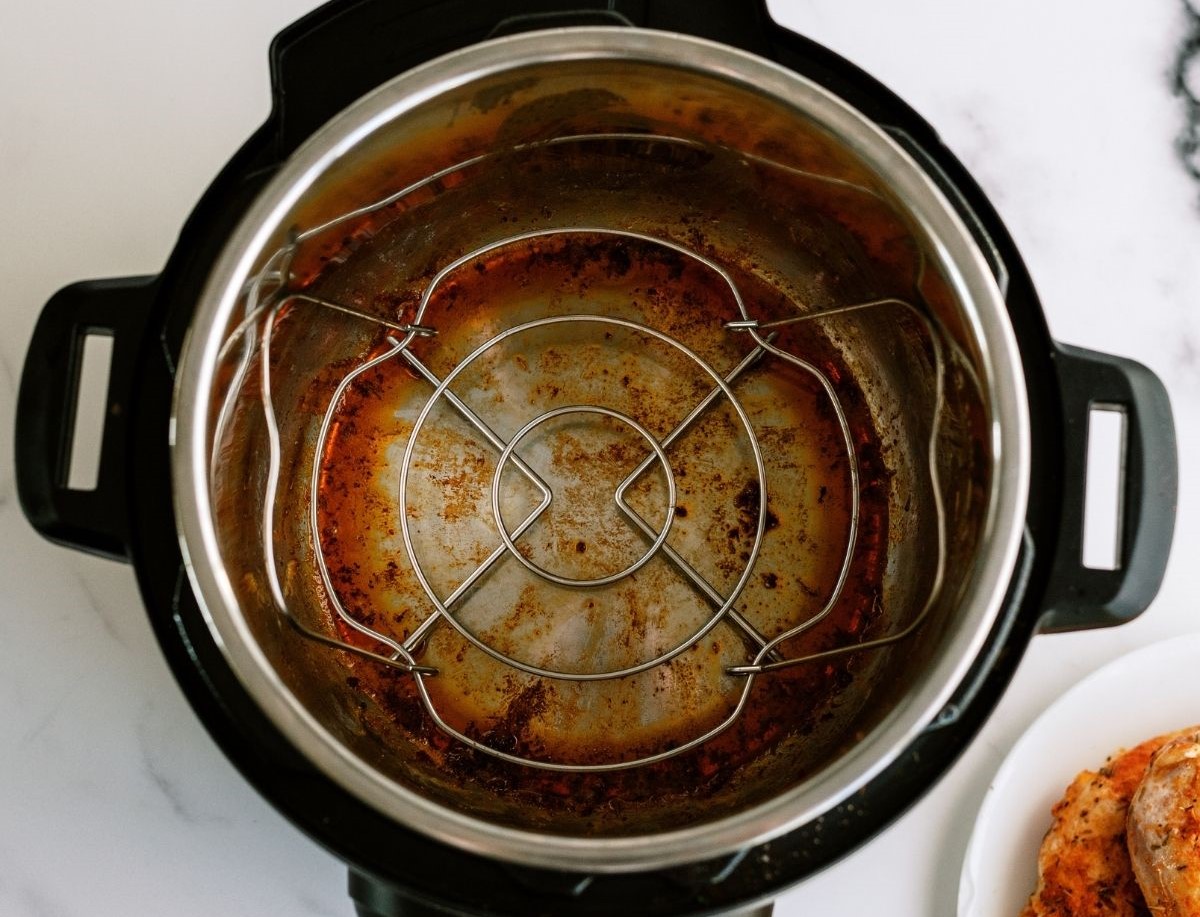
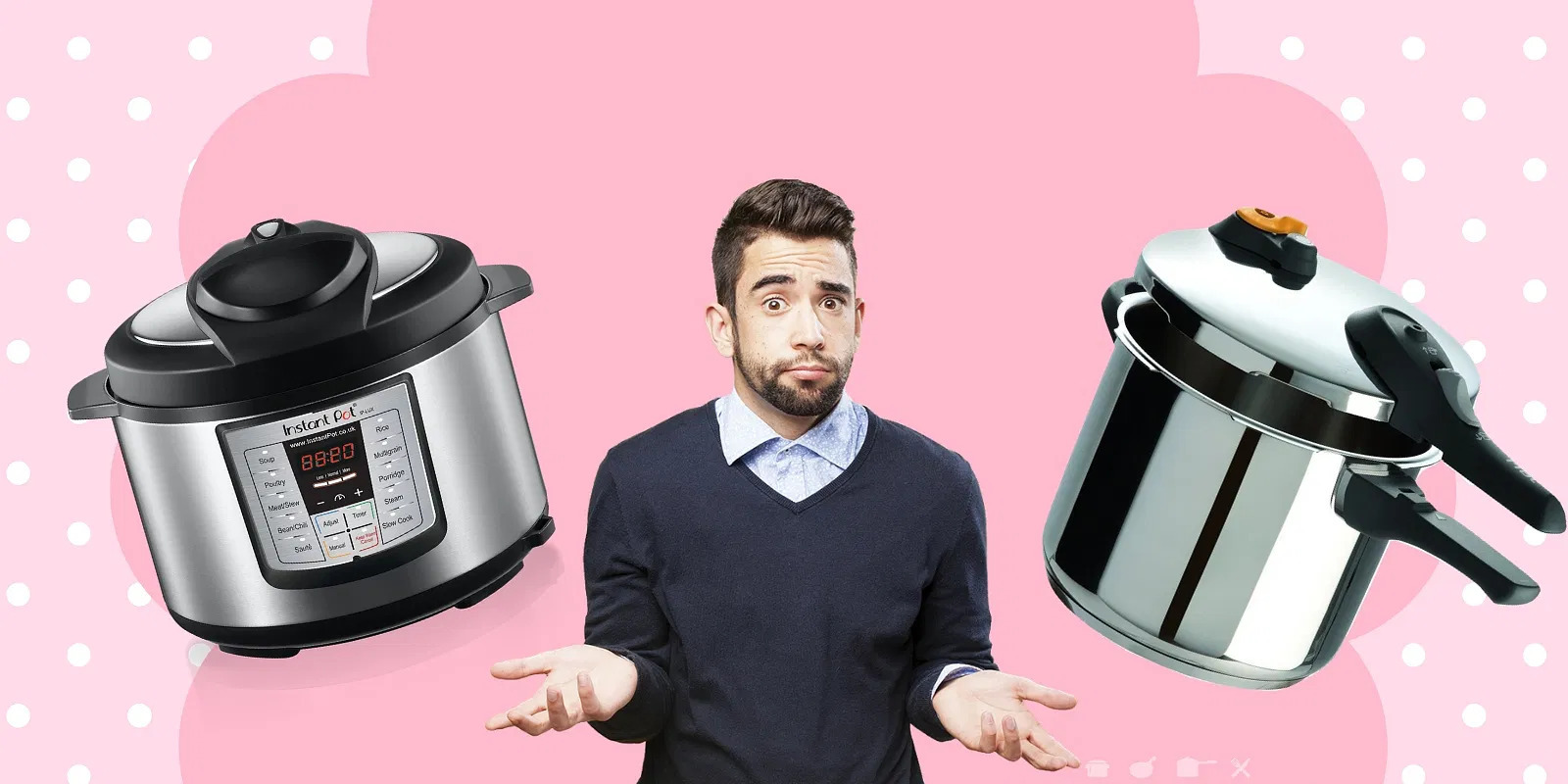
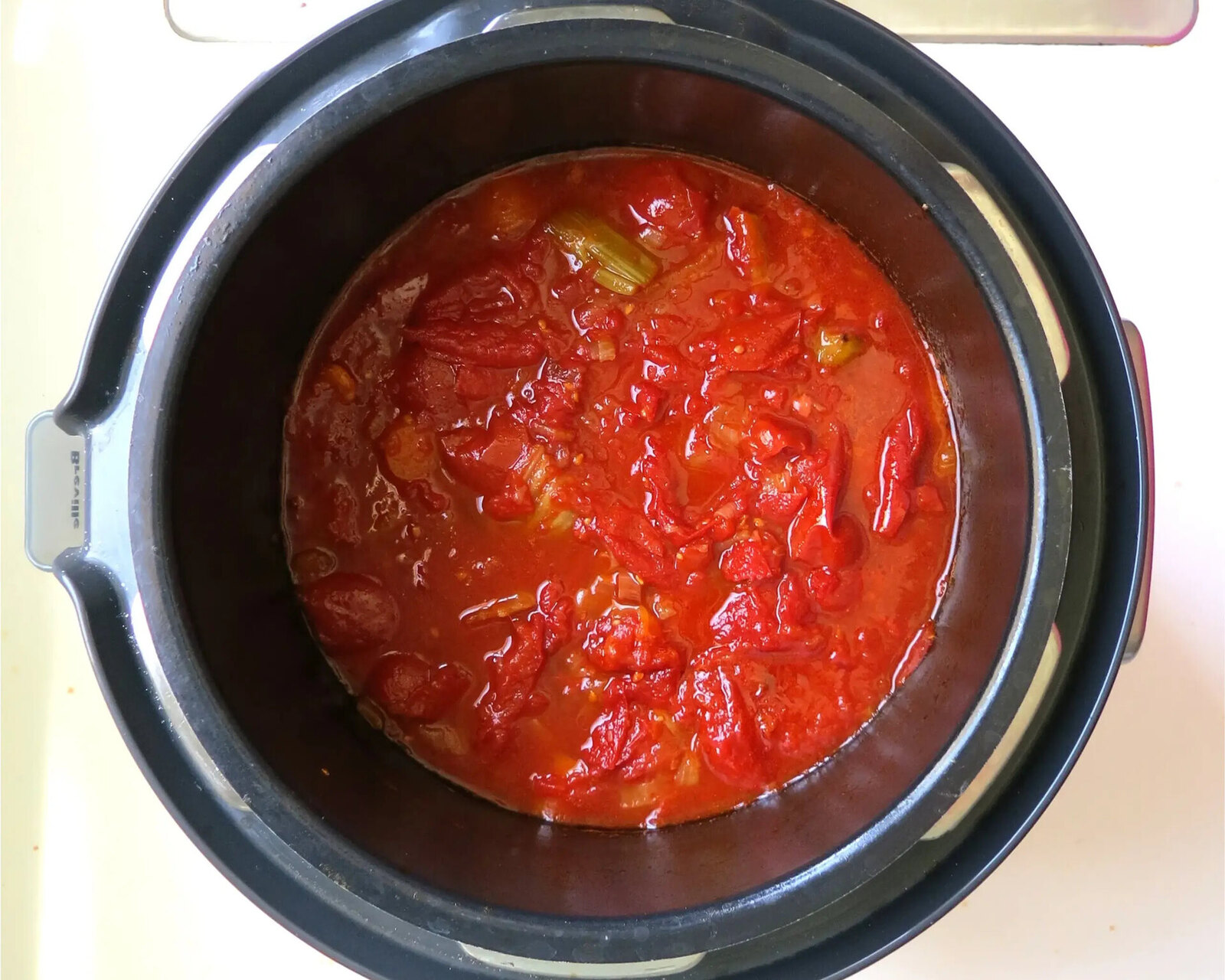
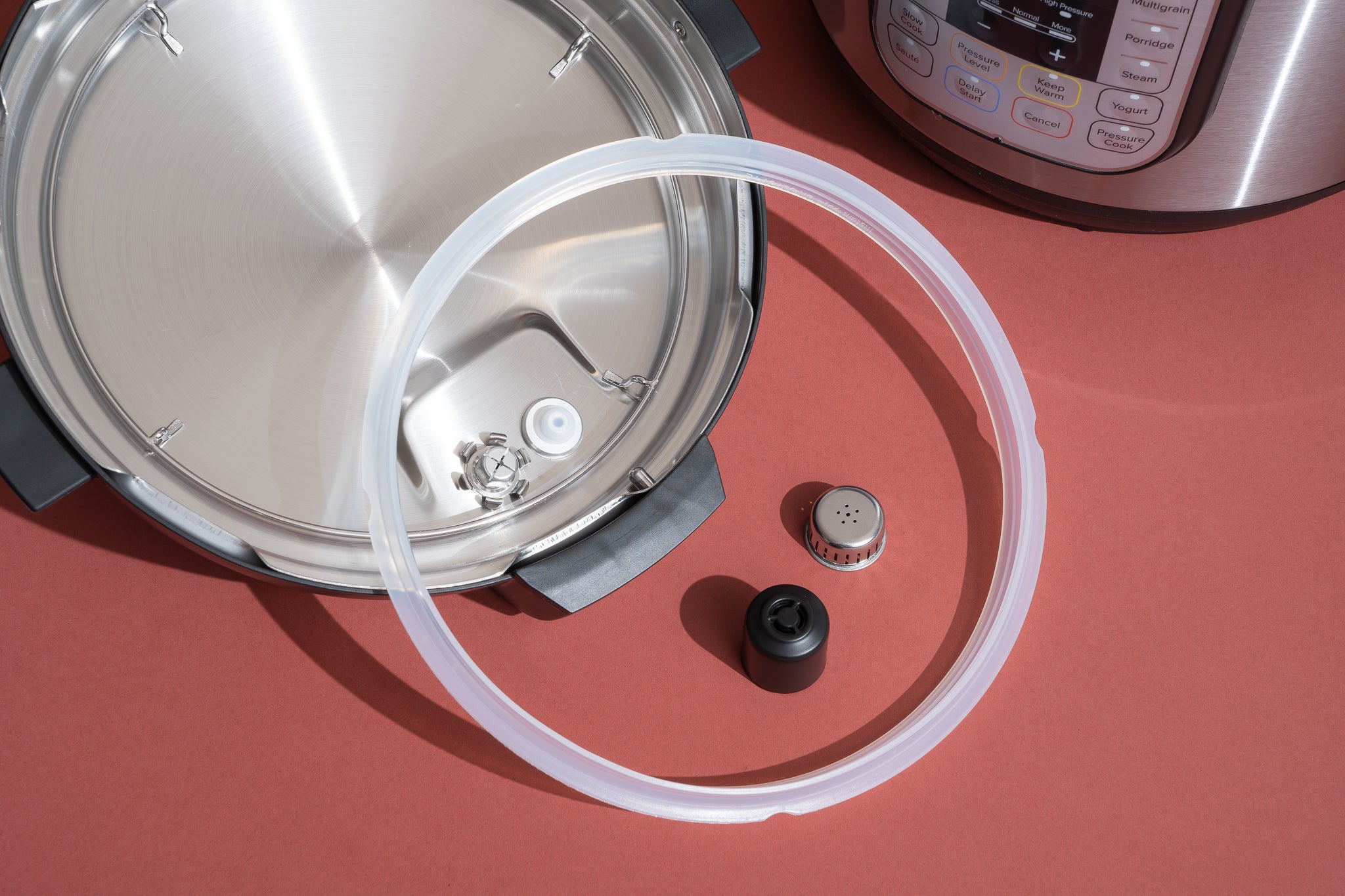
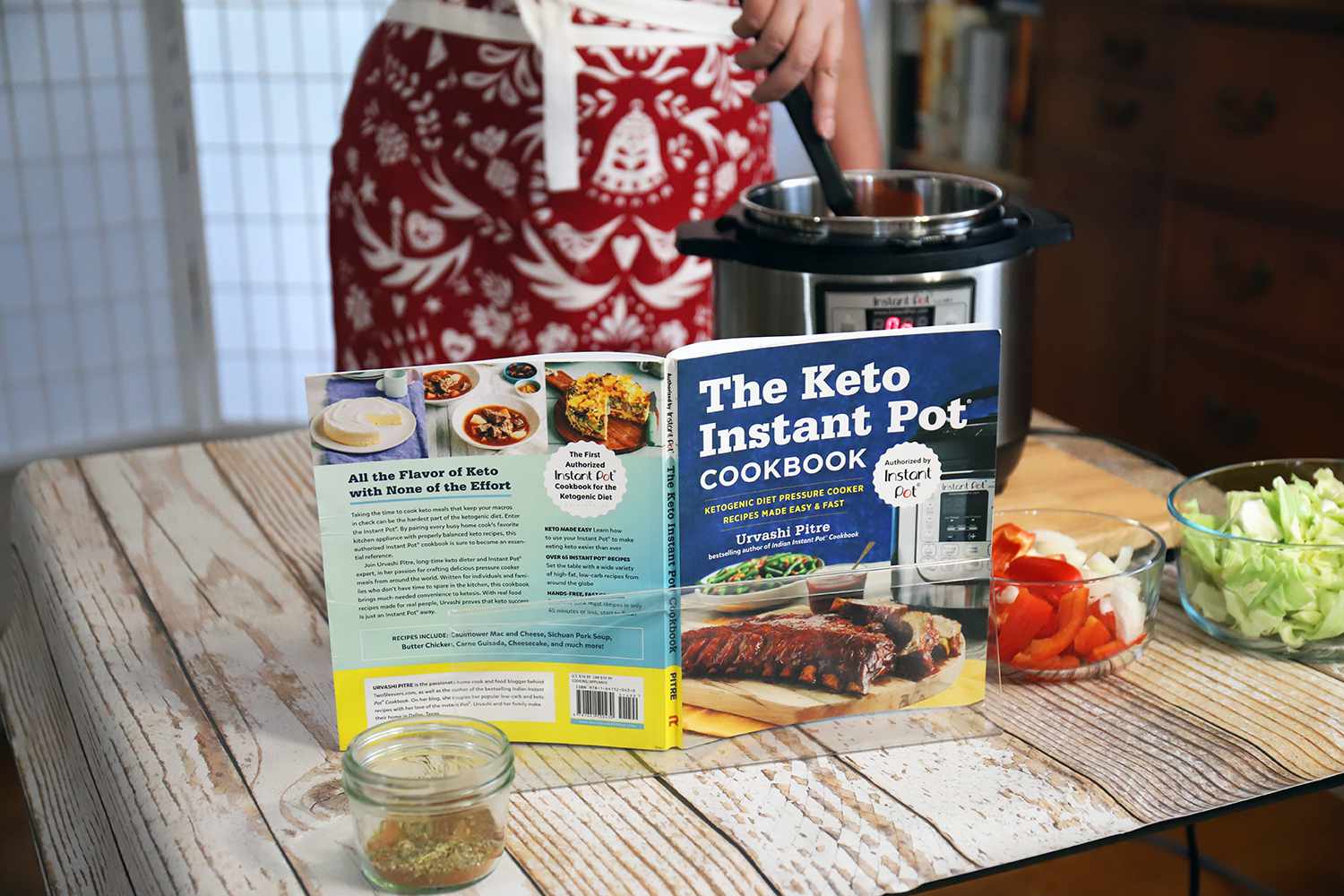

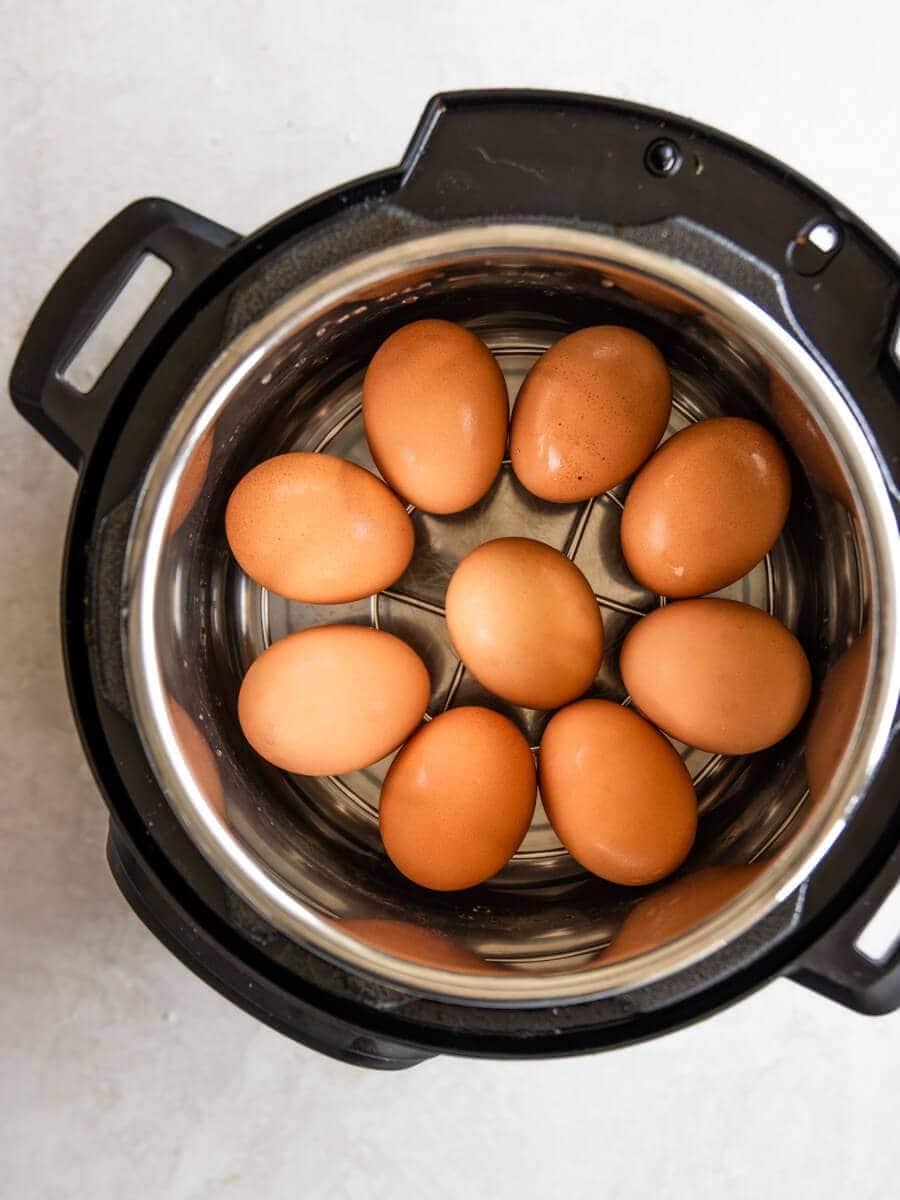
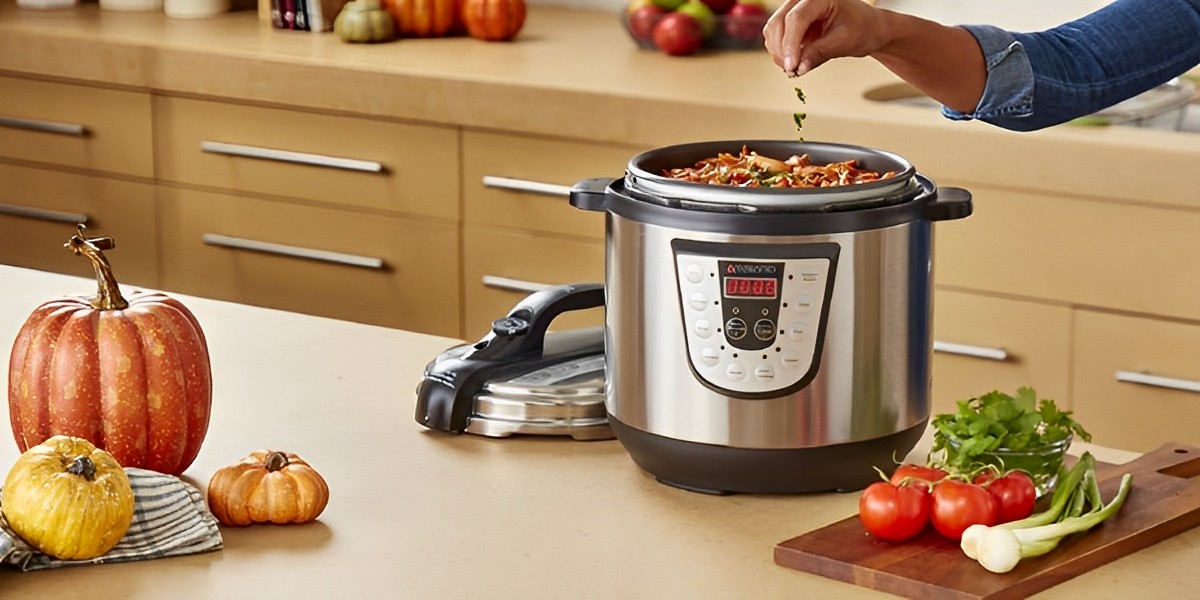

0 thoughts on “How To Convert An Electric Pressure Cooker Recipe For The Stove”